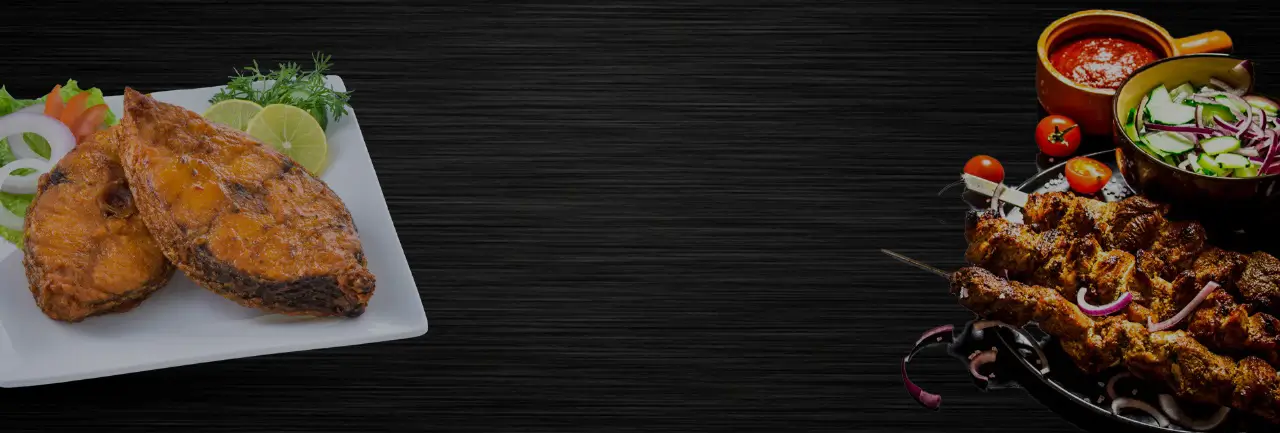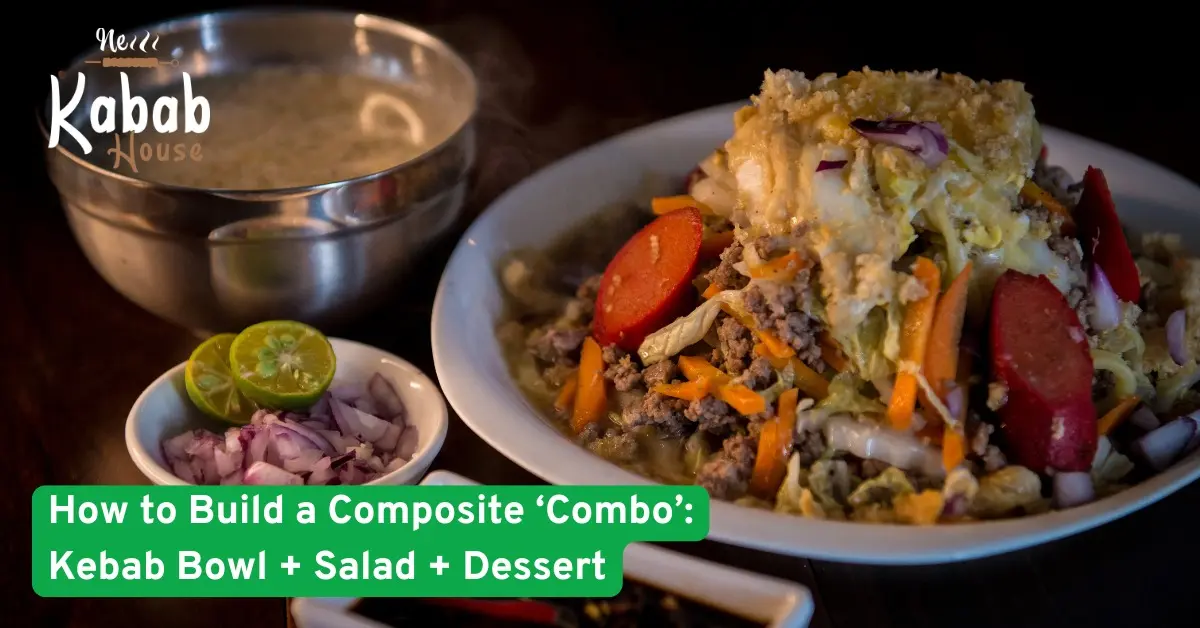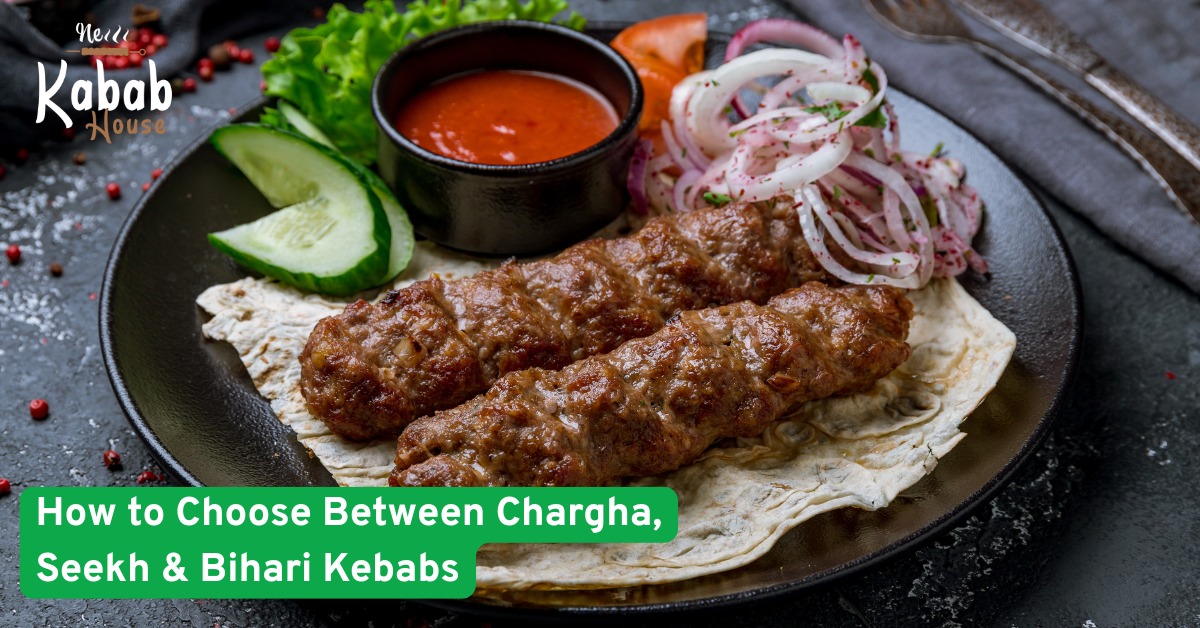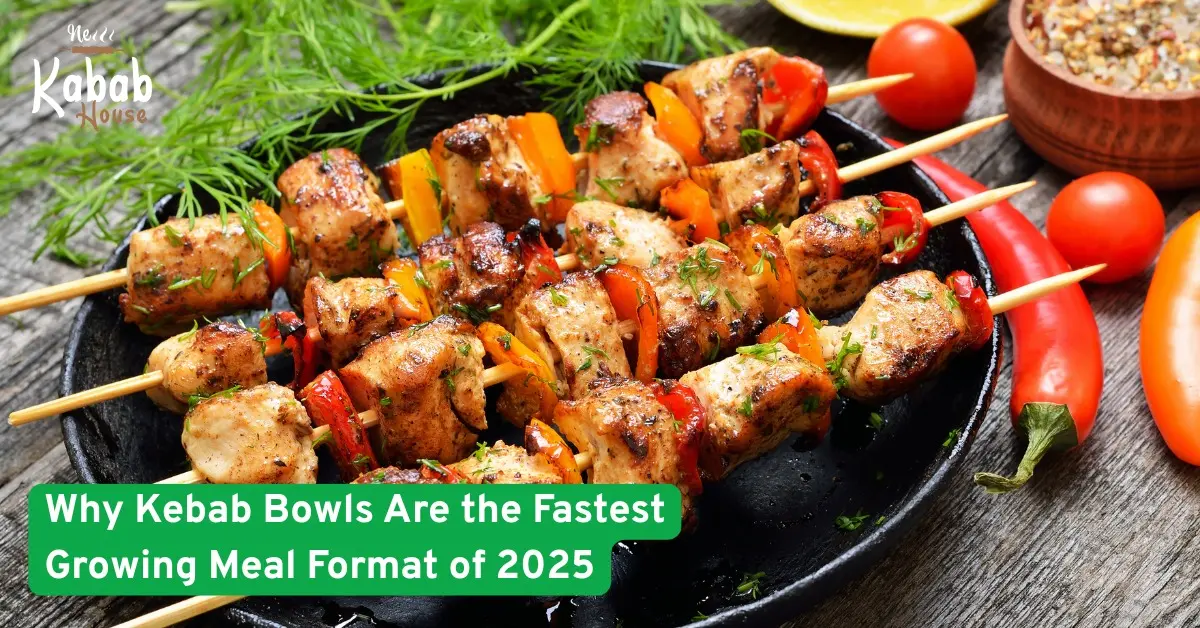
Blog
How to Build a Composite “Combo”: Kebab Bowl + Salad + Dessert

Designing a composite combo that feels generous, balanced, and halal friendly is easier than it looks. The winning formula combines one satisfying kebab bowl, one fresh salad, and one memorable dessert. This structure gives you protein for fullness, greens for freshness, and a sweet finish for delight. It also travels well for takeout and photographs beautifully for social media, which helps your restaurant earn trust and repeat orders.
The Three Part Framework
A composite combo works because each part solves a different need.
Kebab bowl gives protein, complex carbs, and warm flavor.
Salad adds crunch, acidity, and temperature contrast.
Dessert delivers a final note that customers remember and talk about.
Think of it like a three course meal in a single tray. If one part is rich, keep the other two light. If one part is very spicy, add cooling elements elsewhere.
Step 1: Build a Better Kebab Bowl
Your bowl is the anchor. Aim for a 40–40–20 proportion: forty percent protein, forty percent base, twenty percent toppings and sauce.
Choose the protein
Chicken kebab or shawarma for broad appeal and quick service.
Beef seekh or steak strips for a heartier profile.
Lamb kofta for premium orders and special occasions.
Paneer or falafel for vegetarian guests.
Pick the base
Aromatic basmati rice for comfort.
Saffron or turmeric rice for color and aroma.
Lightly dressed couscous for a Mediterranean tilt.
Mixed greens for low carb diners.
Layer flavor with smart toppings
Acid: pickled onions, sumac tomatoes, lemon wedges.
Crunch: shredded cabbage, cucumbers, toasted pita chips.
Fresh herbs: parsley, cilantro, mint.
Heat: house chili oil, jalapeños, paprika dusting.
Finish with two sauces
Use one creamy sauce for body and one bright sauce for lift. Examples include garlic yogurt and chimichurri, tahini and zesty cilantro, or mild raita and spicy red chutney. Drizzle in a cross pattern for even bites and visual appeal.
Step 2: Pair With a Purposeful Salad
A good salad is not a throwaway side. It resets the palate and helps customers feel energized instead of heavy.
Salad principles
Contrast the bowl. If your bowl is smoky and savory, keep the salad citrusy and crisp.
Texture first. Combine soft greens with crunchy elements like radish, cucumber, or nuts.
Dress just before serving to avoid sogginess for dine in and delivery.
Reliable salad options
Shirazi style mix: diced cucumber, tomato, onion, mint, lemon dressing.
Fattoush inspired: romaine, cucumber, tomato, radish, parsley, pita chips, sumac vinaigrette.
Chickpea herb salad: chickpeas, parsley, red onion, olive oil, lemon, black pepper.
Offer an upgrade to a premium salad for customers who want a more substantial combo. For example, add feta, olives, or roasted peppers for a small fee.
Step 3: Close Strong With Dessert
Dessert is the last impression. Keep portions moderate and flavors clear.
Baklava bite for layered crunch and honeyed finish.
Kheer or rice pudding cup for creamy comfort that travels well.
Semolina cake lightly scented with rose or orange blossom.
Mango mousse for a bright, fruit forward option.
Add a small garnish like crushed pistachio or a mint leaf. Label dessert containers clearly for delivery to protect the halal claim and to avoid mix ups.
Four Ready To Use Combo Blueprints
Use these as templates and rotate weekly to keep your menu fresh.
Classic Comfort
Chicken kebab over saffron rice with garlic yogurt and green chutney
Shirazi salad with lemon dressing
Baklava bite
High Protein, Low Carb
Beef seekh kebab over mixed greens with tahini and chili oil
Fattoush style salad without pita chips
Mango mousse cup
Vegetarian Delight
Paneer tikka over turmeric rice with raita and cilantro sauce
Chickpea herb salad with parsley and red onion
Semolina cake square
Spicy Nashville Inspired
Lamb kofta over basmati rice with hot chili drizzle and cooling garlic yogurt
Cucumber and dill salad for relief
Rice pudding cup with cardamom
Nutrition and Allergen Notes
Halal guests often ask for clarity. A simple matrix on your menu or website builds confidence.
Gluten sensitive: offer rice or greens as base, avoid pita chips, choose desserts without wheat.
Dairy free: use tahini or olive oil based sauces, skip yogurt and paneer.
Nut aware: disclose pistachio in baklava and garnish; provide a nut free dessert alternative.
Clear icons for spicy, vegetarian, dairy free, and nut free make choices easy. Add a QR code that opens a live allergen and certification page.
Presentation That Sells
Visual trust matters. Use a two compartment or three compartment tray that keeps textures separate. Place the bowl in the largest section, the salad in a vented section to preserve crunch, and dessert in a sealed cup. For dine in, plate the salad slightly elevated relative to the bowl to show color contrast in photos. For delivery, include tamper seals and bold halal labels on every container and outer bag.
Pricing That Feels Fair
Bundle pricing should reward customers for ordering the set. A simple rule is price the combo at ten to fifteen percent less than the items separately. Offer one protein upgrade and one premium dessert add on. Keep math simple for the cashier and obvious for the customer.
Staff Script For Fast Service
Consistency creates trust. Give your team a short script.
“Our combo includes a kebab bowl, a fresh salad, and a dessert.”
“Choose your protein and base. We recommend chicken over saffron rice with garlic yogurt and green chutney.”
“For salad, would you like Shirazi or Fattoush style.”
“Dessert today is baklava or rice pudding. Baklava is nut based, rice pudding is nut free.”
Train staff to repeat selections back to the customer and to place sauces in a consistent order. This reduces mistakes and improves speed.
Final Tips For Repeat Orders
Rotate one element per week. Keep the core structure the same so customers know what to expect. Announce the weekly combo on social media with a short video that shows assembly from base to garnish. Pair the post with a limited time offer for lunch hours or after prayer times. Make sure your delivery listings mirror the in store combo names and include the same allergen icons and halal labels.
A thoughtful composite combo respects halal standards, satisfies a wide range of tastes, and builds the kind of reliability that turns first time visitors into regulars. Start with the three part framework, stick to clean flavors, and let clear labeling and training do the rest.


